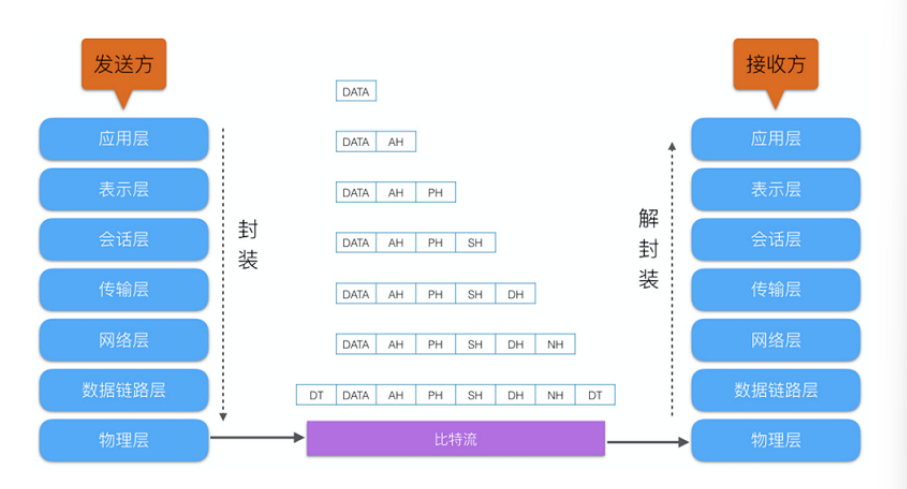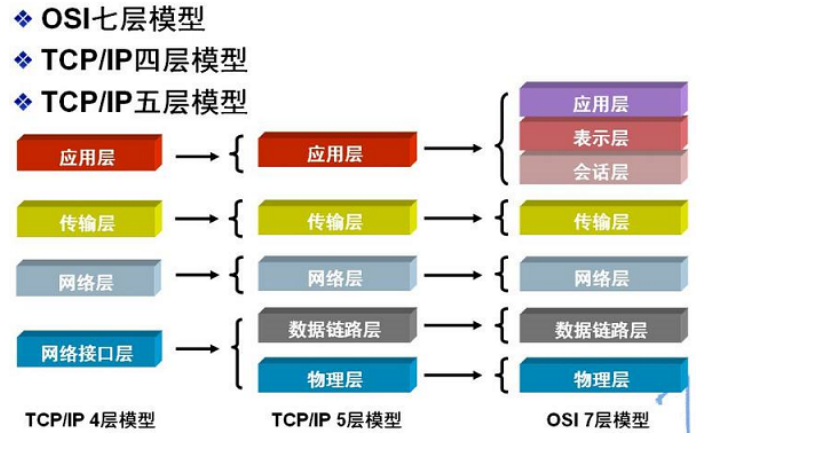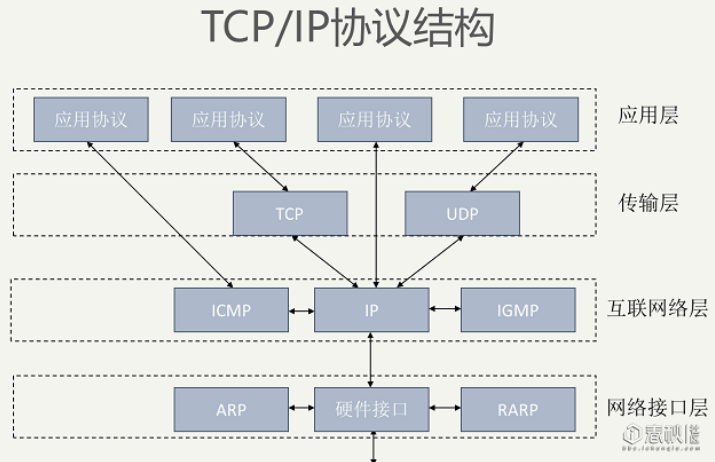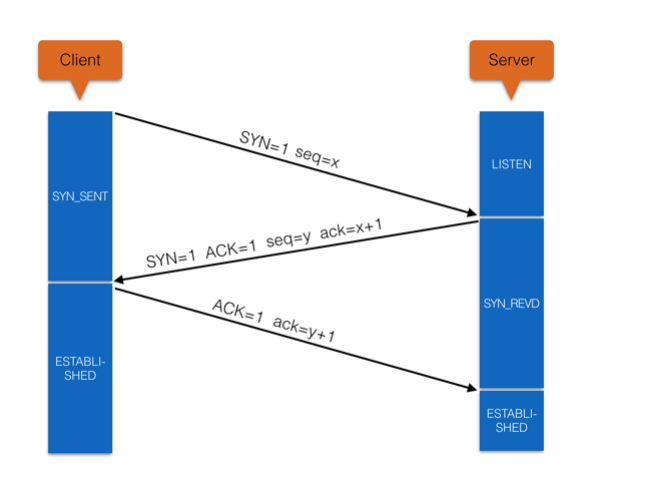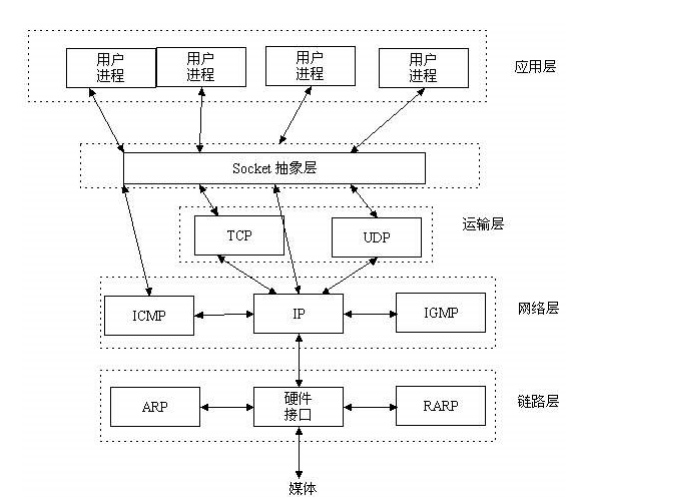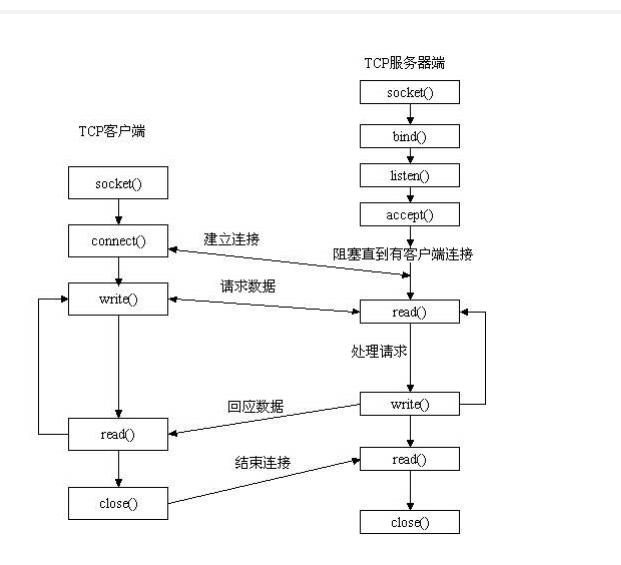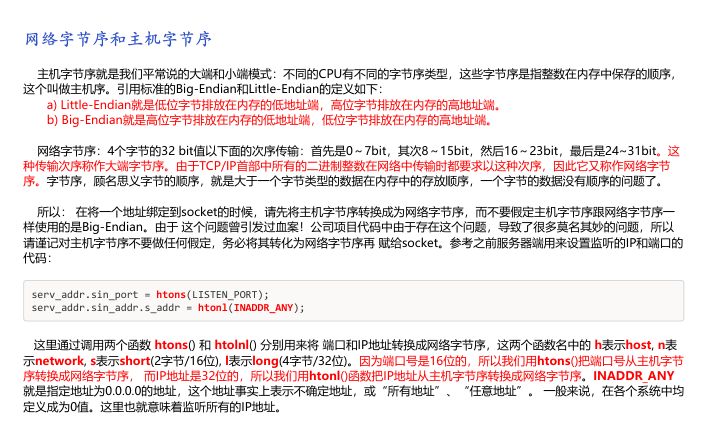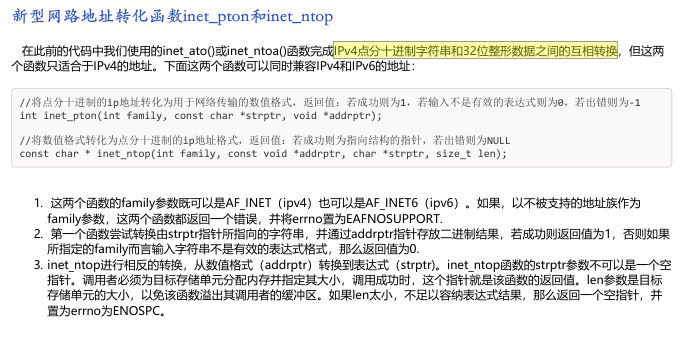1
2
3
4
5
6
7
8
9
10
11
12
13
14
15
16
17
18
19
20
21
22
23
24
25
26
27
28
29
30
31
32
33
34
35
36
37
38
39
40
41
42
43
44
45
46
47
48
49
50
51
52
53
54
55
56
57
58
59
60
61
62
63
64
65
66
67
68
69
70
71
72
73
74
75
76
77
78
79
80
81
82
83
84
85
86
87
88
89
90
91
92
93
94
95
96
97
98
99
100
101
102
103
104
105
106
107
108
109
110
111
112
113
114
115
116
117
118
119
120
121
122
123
124
125
126
127
128
129
130
131
132
133
134
135
136
137
138
139
140
141
142
143
| #include <stdio.h>
#include <sys/types.h>
#include <sys/socket.h>
#include <string.h>
#include <errno.h>
#include <netinet/in.h>
#include <arpa/inet.h>
#include <fcntl.h>
#include <unistd.h>
#include <getopt.h>
#include <stdlib.h>
#define MSG_STR "Hello Wrold!"
void print_usage(char *progname);
int main(int argc, char **argv)
{
int socket_fd = -1;
int rv = -1;
struct sockaddr_in servaddr;
char *servip = NULL;
int port = 0;
char buf[1024];
int opt = -1;
const char *optstring = "i:p:h";
struct option opts[] =
{
{"help", no_argument, NULL, 'h'},
{"ipaddr", required_argument, NULL, 'i'},
{"prot", required_argument, NULL, 'p'},
{0, 0, 0, 0}
};
while ((opt = getopt_long(argc, argv, optstring, opts, NULL)) != -1)
{
switch (opt)
{
case 'i' :
servip = optarg;
break;
case 'p' :
port = atoi(optarg);
break;
case 'h' :
print_usage(argv[0]);
return 0;
}
}
if( !servip || !port )
{
print_usage(argv[0]);
return 0;
}
socket_fd = socket(AF_INET, SOCK_STREAM, 0);
if(socket_fd < 0)
{
printf("Create socket failure: %s\n", strerror(errno));
return -1;
}
printf("Create socket[%d] successfully\n",socket_fd);
memset(&servaddr, 0, sizeof(servaddr));
servaddr.sin_family = AF_INET;
servaddr.sin_port = htons(port);
inet_aton(servip, &servaddr.sin_addr);
rv = connect(socket_fd, (struct sockaddr *)&servaddr, sizeof(servaddr));
if(rv < 0)
{
printf("Connect to server[%s:%d] failure : %s\n",
servip, port, strerror(errno));
return -2;
}
printf("Connect to server[%s:%d] successfully!\n", servip, port);
rv = write(socket_fd, MSG_STR, strlen(MSG_STR));
if(rv < 0)
{
printf("Write to server by sockfd[%d] failure : %s\n",
socket_fd, strerror(errno));
return -3;
}
while(1)
{
memset(buf, 0, sizeof(buf));
rv = read(socket_fd, buf, sizeof(buf));
if(rv < 0)
{
printf("Read data form server by sockfd[%d] failure : %s \n",
socket_fd, strerror(errno));
break;
}
else if(rv == 0)
{
printf("Socket[%d] get disconnect!\n", socket_fd);
break;
}
else if(rv > 0)
{
printf("Read %d bytes data form Server: %s\n",
rv, buf);
}
rv = write(socket_fd, buf, sizeof(buf));
if(rv < 0)
{
printf("Write to server by sockfd[%d] failure : %s\n",
socket_fd, strerror(errno));
break;
}
}
close(socket_fd);
return 0;
}
void print_usage(char *progname)
{
printf("%s usage: \n", progname);
printf("-i(--ipaddr): sepcify server IP address\n");
printf("-p(--port): sepcify server port \n");
printf("-h(--help): printf help information \n");
return ;
}
|
